London is a city that brings history to life – and during our school trips to London, students have the opportunity to experience it directly. Our educational tours in the UK turn London’s extensive heritage into an unforgettable learning experience. From royal landmarks to wartime bunkers, London provides student groups with the opportunity to interact with history outside of the classroom. Listed below are five important historical landmarks that we suggest for any school group wishing to engage in an in-depth exploration of British history.
The British Museum: 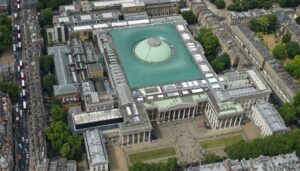
With over eight million artefacts, the British Museum stands as a gateway to world history, making it an indispensable stop for any educational visit to London. From Ancient Egypt to Imperial Rome, along with the civilizations of Asia, Africa, and the Americas, the museum grants students a worldwide perspective on human history and culture. Students have the chance to investigate key exhibits such as the Rosetta Stone, the Parthenon sculptures, and the Egyptian mummies, all with guided context that ties directly to their classroom subjects. The museum supports a broad spectrum of topics, including ancient history, archaeology, religious studies, and even art and politics. For students, it is not merely about viewing ancient artefacts; it is about forging connections across time and cultures, thereby deepening their comprehension of the world around them.
The Churchill War Rooms: 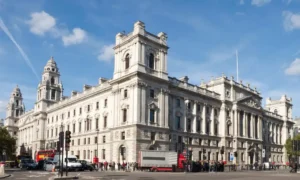
Beneath the streets of Westminster lies the Churchill War Rooms – a remarkable subterranean complex where Winston Churchill and his government directed Britain’s efforts during World War II. This unique site provides students with an immersive insight into one of the most significant periods in modern history. Students will delve into the War Rooms through guided tours and engaging exhibits that vividly illustrate wartime leadership and strategy. Alternatively to just studying WWII from textbooks, they engage directly in the actual spaces where pivotal decisions occurred, enveloped by original maps, communication tools, and memorabilia from the war. The experience deepens their understanding of themes such as leadership, resilience, and the effects of global conflict. Perfect for history students, the Churchill War Rooms connect students to the human stories behind the war effort, encouraging reflection on the challenges and sacrifices of that era.
Tower of London: 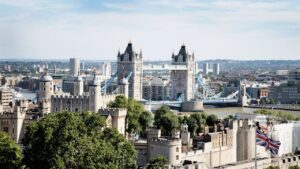
A visit to the Tower of London grants students a significant perspective on Britain’s complex past. Constructed in 1066 by William the Conqueror, the Tower has functioned as a royal palace, prison, fortress, and execution site. Its rich historical narrative makes it an excellent venue for examining themes such as monarchy, rebellion, and justice. As part of a school outing, the experience is animated through engaging storytelling and activities that align with the curriculum. Guided by the famous Yeoman Warders, students discover key historical figures like Anne Boleyn and Guy Fawkes, while they explore the medieval architecture and observe the Crown Jewels closely. Students will investigate topics including Medieval England, The Tudors, and Crime & Punishment, as the Tower promotes critical thinking and historical exploration. It is not merely a location to visit – it is an opportunity for students to stand where history transpired and connect their classroom learning to the real world.
Museum of London Docklands: 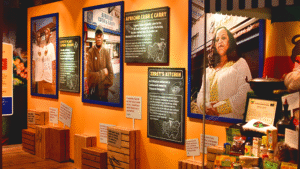
Situated in a renovated 19th-century warehouse, the Museum of London Docklands articulates the significant story of the city’s rise as a global trading hub. From the expansion of the British Empire to the more troubling legacy of the transatlantic slave trade, the museum offers a profound and reflective exploration of how trade, migration, and empire have influenced modern London. Students will engage with this historical context through carefully designed, curriculum-integrated activities that encourage critical thought and discussion. Instead of merely viewing artefacts, students investigate interactive exhibitions and reconstructed environments that trace London’s development from a Roman port to a modern urban center. It is a space where students can question historical narratives and reflect on their continuing impact today.
Hampton Court Palace: 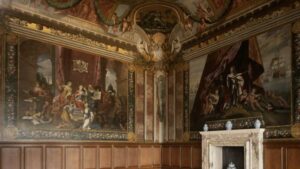
Hampton Court Palace vividly brings the drama of Tudor England to life. Once the residence of King Henry VIII, this magnificent riverside palace provides students with the opportunity to immerse themselves in the realm of royal courts, political intrigue, and religious turmoil. Through The Learning Adventure, school groups can explore the palace via immersive, curriculum-aligned experiences that unveil the stories behind its majestic halls and concealed corridors. Students have the chance to visit the renowned Great Hall, stroll through the expansive Tudor kitchens, and discover tales of power, betrayal, and transformation that have influenced English history. Hampton Court enables students to visualize how historical changes have affected society, culture, and governance. It serves as a memorable and inspiring destination that makes the past feel tangible and significant.
